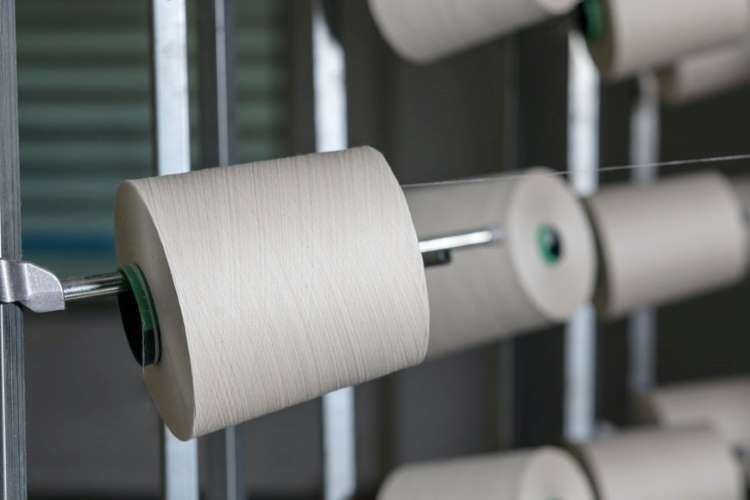The Indian government is eyeing to corner a major pie of the $1 trillion global textiles market and hopes to increase its exports to $100 billion as neighbour China starts to lose its vice-like grip. In a recent conference on textile industry, Union minister Piyush Goyal said the country must achieve exports of $100 billion over the next five-six years. It will be able to achieve this target by focusing on innovation, sustainability, digitisation, newer products and leverage of free trade agreements (FTAs). Currently, Indian exports stand at close to $40 billion and the country is the world’s second-largest manufacturer and exporter of garments after China.
India must also strive to take its domestic textile sector to $250 billion, Goyal said at the Asian Textile Conference organised by the Confederation of Indian Textile Industry. To that end, the government recognises FTAs with developed countries as the main catalyst. Presently, domestic market size stands at $120 billion and the sector employs at least 12 million people in factories, but millions more work from home.
ALSO READ: Post-Covid-19 syndrome: Government must brace for the gathering storm
China as the textile industry leader
China has started to lose its marketshare in textile exports to Vietnam, Bangladesh and India. The increase in raw material prices, the impact of the pandemic and a growing US-led boycott of cotton which is a major input in the textile industry have led to a fall in Chinese exports. Some Chinese companies had lost up to 30% of their orders, the South China Morning Post quoted consulting firm Beijing Cotton Outlook as saying.
The troubles for China had started to emerge in 2020 as the country failed to raise product prices amid pandemic. This led to massive losses and textile industry faced profit erosion throughout the pandemic period, a report by the Economic Daily of China said.
This presents an opportunity for Indian manufacturers to fill the void. Presently, cotton textile orders are mainly being re-routed to India while orders for fashion apparels are being transferred to Bangladesh, Vietnam, Indonesia, Cambodia and India.
Government support to textile industry
The Indian government has implemented various policy initiatives and schemes in support of its textiles sector. This includes schemes and initiatives which promote technology upgradation, creation of infrastructure, skill development and sectoral development. One such scheme is the Production Linked Incentive (PLI) scheme through which the government aims at capturing a substantial share in global trade in these segments.
ALSO READ: Unplanned renewable energy drive threatens food security, biodiversity
The Union government has also approved a package with an outlay of Rs 6,000 crore to boost employment generation and exports, particularly in garments.
Issues with Indian textile industry
While China’s pain has opened an opportunity for India, the country has issues to solve before it can attract more orders. The sector is facing the headwinds of high raw material prices which has resulted in textile mills and garment units reducing production as operations became unviable for these units.
The garment units catering to the domestic market have brought down production by 50%. Not only has this caused distress to lakhs of workers, but may also cause price push in future too. Several textile mills in the Micro, Small and Medium Enterprises (MSMEs) category have also shut down as quality cotton is not available at affordable prices.
Industry insiders believe protectionism is the way forward and multinational companies should not be allowed to stock domestic cotton. Export of cotton and yarn should be permitted only after meeting the domestic needs. Moreover, considering the current crisis in China, India is the only country that can get a bigger share of the market if it can guarantee the raw materials in the supply chain.
Moreover, industry insiders are of the opinion that the government needs to work on a textile technology scheme instead of the PLI in the industry as the current desired expansion rate of the textile industry can only be achieved by a faster way of adopting modern technology.
The government had previously introduced a textile PLI scheme last year which was aimed at promoting manufacturing of garments and specialty yarns that are not being manufactured in India. However, the same only incentivises sales value only and not production-based commodity textiles.
The challenge as of now is regarding capacity building in the Indian textiles and apparel industry. Tackling this is likely to not only help with increasing exports to capture the space being vacated by China, but also help in retaining India’s share in the domestic market as slowly international brands are capturing the share, according to industry insiders.

